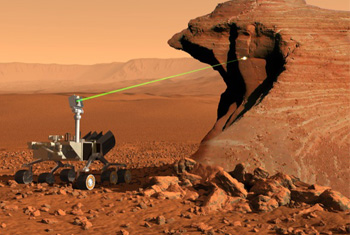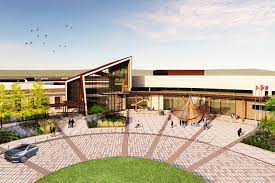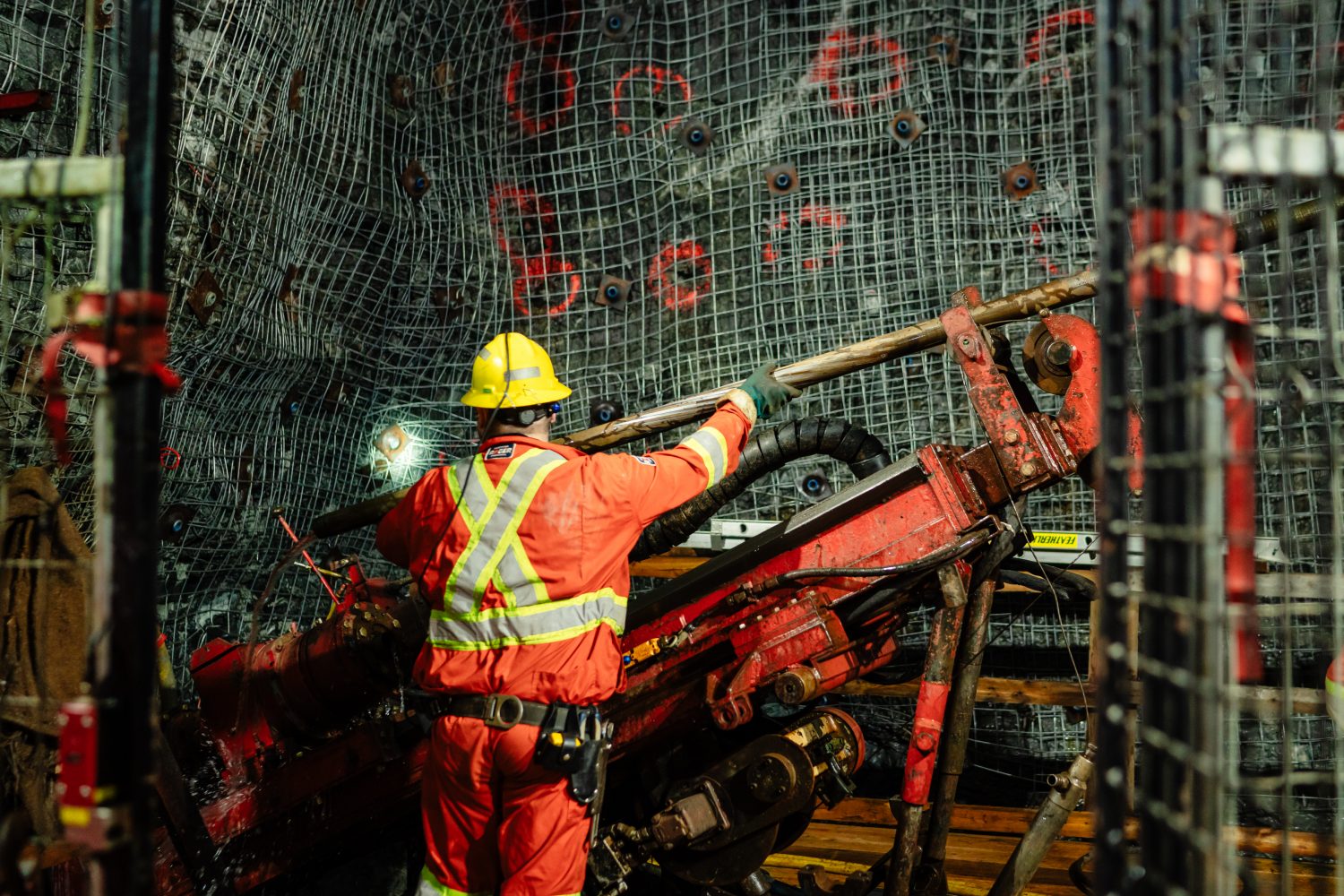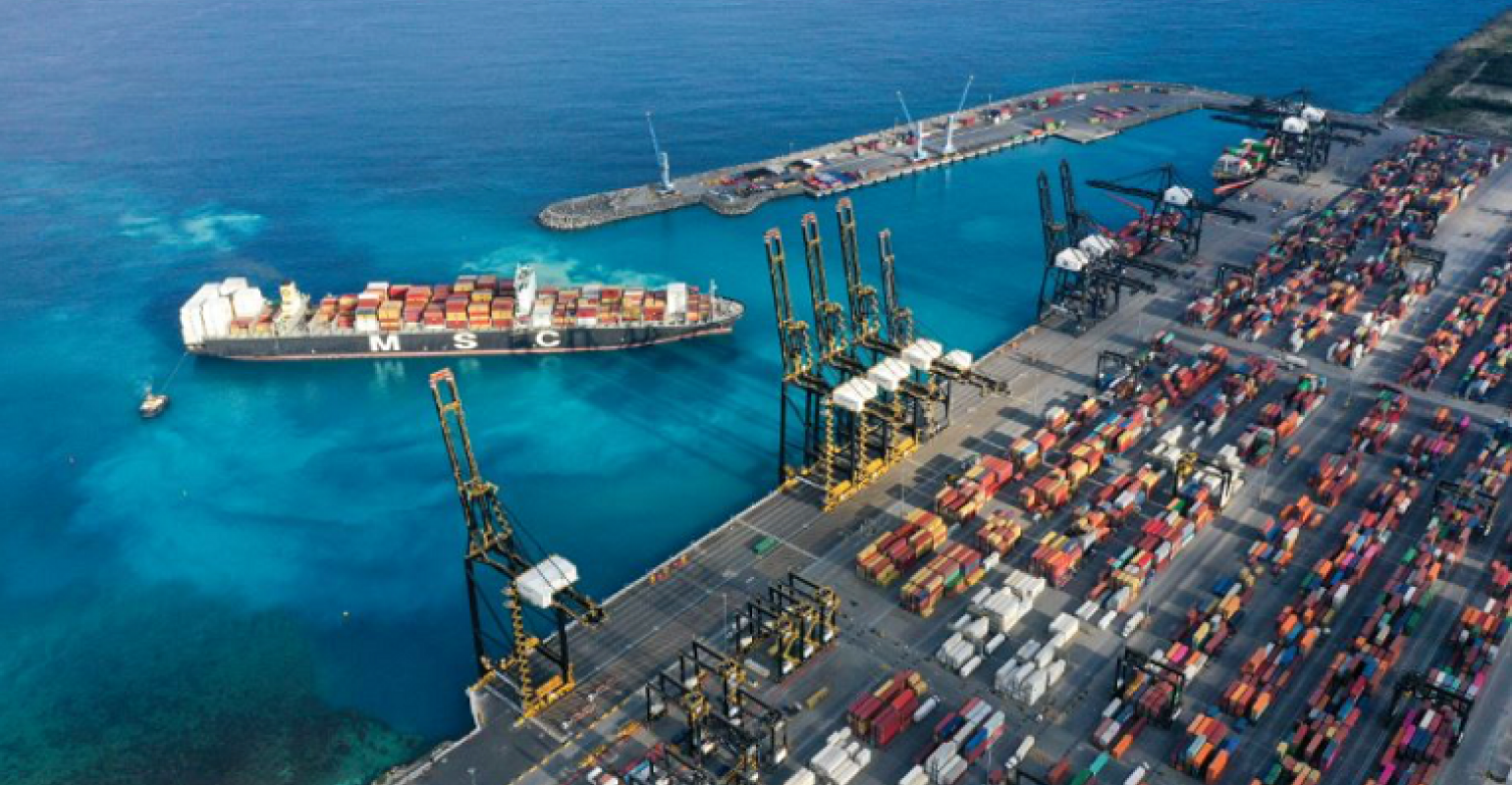
Los Alamos National Laboratory announces top ten science stories of 2011
Los Alamos National Laboratory's top ten science stories of 2011 illustrate the broad variety of scientific excellence that's the hallmark of the Laboratory. This year's stories include alternative energy research, world record magnetic fields, disease tracking, the study of Mars, climate change, fuel cells, solar wind, and magnetic reconnection.
Mars habitability
Los Alamos National Laboratory's unique scientific capabilities are playing a huge role in an international quest to unravel the mysteries of Mars.
Three Los Alamos technologies are aboard the Mars Science Laboratory mission's Curiosity rover, set to touch down on the surface of the Red Planet this coming August.
Los Alamos radio-isotope batteries are providing power and heat to Curiosity, which is the largest rover vehicle ever deployed to Mars. These power sources will help drive the 10 scientific instruments on board the vehicle.
One instrument, known as ChemCam, is mounted on the rover's mast and will use extremely powerful pulses of laser light to vaporize pinhead-sized areas of the Martian surface from as far away as 23 feet. The tiny flashes created by these pulses will be analyzed by a spectrometer to provide scientists with crucial information about the composition of Mars rocks.
Another instrument, CheMin, will use X-ray diffraction to determine the composition of samples that are collected and dropped into a funnel on the rover. Scores of Los Alamos researchers are involved with the mission, which is designed to answer the burning question of whether Mars is or was habitable.
Automated influenza system
A compact, self-contained, automated system for surveillance and screening of potential pandemic strains of influenza and other deadly infectious diseases is a step closer to reality, thanks to an agreement between Los Alamos National Laboratory, the University of California Los Angeles School of Public Health, and HighRes Biosolutions of Boston.
Researchers from LANL and the UCLA School of Public Health will test and certify the High-Throughput Laboratory Network (HTLN), a prototype Global Bio Lab. The compact, modular HTLN can reliably process thousands of specimens of infectious agents to help public health officials respond to a global health crisis. The technology can bring crucial tools for disease fighters to remote areas or locations that lack the resources to provide reliable public-health surveillance services during an emergency such as a global pandemic.
The Centers for Disease Control and Prevention report that influenza causes more than 200,000 hospitalizations and 36,000 deaths each year, with medical costs estimated at $10 billion. The HTLN project provides an opportunity to deploy high-throughput technology in a way that can protect the health of many people.
World record pulsed magnetic field
On August 18, researchers at Los Alamos National Laboratory's National High Magnetic Field Laboratory set a new world record for the strongest magnetic field ever delivered by a nondestructive magnet.
The scientists achieved a whopping 97.4 tesla—a magnetic field nearly 100 times more powerful than a junkyard magnet, and some 30 times stronger than the field delivered during a medical MRI scan.
The ability to create pulses of extremely high magnetic fields nondestructively (high-power magnets routinely rip themselves to pieces due to the large forces involved) provides researchers with an unprecedented tool for studying fundamental properties of materials, from metals and superconductors to semiconductors and insulators.
Los Alamos' achievement wrests away the magnificent magnetic record from a team of German scientists, and the results of the day's experiments have been sent to the Guinness Book of World Records for inclusion.
The next goal is to reach 100 tesla, a scientific quest that is being pursued by scientists at competing magnet labs around the world, including Germany, France, China, and Japan.
Elusive hydronium
Thanks to a unique capability found at the Los Alamos Neutron Science Center (LANSCE), researchers were able to witness for the first time the critical role that an elusive molecule plays in certain biological reactions. The research could aid in the treatment of peptic ulcers or acid reflux disease, or allow for more efficient conversion of woody waste into transportation fuel.
Using neutrons, the researchers were able to view a portion of a complex biological molecule that normally becomes invisible under X-ray diffraction. Researchers swapped atoms of deuterium for hydrogen atoms inside the molecule. Then, by bombarding the molecule with neutrons, the researchers were able to uncloak the poorly understood catalytic mechanism of a key chemical reaction that helps convert plant cell material into ethanol or tells the human body when to turn off acid pumps within the stomach.
Cheaper hydrogen fuel cells
Los Alamos National Laboratory researchers have described a significant advance in hydrogen storage, a breakthrough that makes hydrogen a more attractive fuel for vehicles or other transportation modes.
The technology focuses on using ammonia borane as a "chemical storage tank" for hydrogen fuel. An ammonia borane system could allow hydrogen to be easily extracted for use in hydrogen fuel cell batteries and then be recharged with hydrogen over and over. The development could allow a vehicle to travel more than 300 miles on a single "tank" of fuel, which is a benchmark for the US Department of Energy.
The method represents a significant step toward practical use of hydrogen in fuels.
Southwest mega-droughts
The mysteries of climate change became a little less mysterious thanks to work by Los Alamos National Laboratory researchers digging around in the nearby Valles Caldera National Preserve.
Working with an international research team, the scientists unearthed a 260-foot-long sediment core that peered back in climatological time to the world as it existed between 360,000 and 550,000 years ago.
According to their findings, the Southwestern region of the United States apparently undergoes "mega-droughts"—warmer, drier periods lasting hundreds of years or more. These mega-droughts appear in cycles, with the most recent one comprising a present-day period that included the historic Dust Bowl.
If their research is correct, people in the Southwest could be in for cooler, wetter weather in the future, unless the cycle is affected by increased concentrations of greenhouse gasses.
Unlocking biomass energy
Los Alamos National Laboratory researchers are trying to rearrange the puzzle pieces preventing conversion of nonedible biomass such as cornstalks and switch grass into ethanol, a useful biofuel.
Plant cell walls are made up of layers of densely packed molecules. Because of this sheet-like arrangement of layers, it's difficult for enzymes that promote conversion of bulk plant cellulose into fermentable sugars to attack interior layers of material. Consequently, current conversion methods rely upon the use of costly, potentially toxic materials to break down biomass.
Los Alamos chemical modeling showed that cellulose can become vulnerable to enzymatic attack if pretreated with cost-effective and relatively benign ammonia.
Subsequent research showed the ammonia pretreatment increases conversion efficiency five times over normal methods, reducing potential cost barriers to biomass conversion.
Solar wind samples
Two papers in Science reported the first oxygen and nitrogen isotopic measurements of the sun, demonstrating that they are very different from the same elements on earth. These results were the top two priorities of NASA's Genesis mission, which was the first spacecraft to return from beyond the moon, crashing in the Utah desert in 2004 after its parachute failed to deploy during re-entry.
Most of the Genesis payload consisted of fragile solar-wind collectors, which had been exposed to the solar particles over a period of two years. Nearly all of these collectors were decimated during the crash.
But the capsule also contained a special instrument built by a team at Los Alamos National Laboratory to enhance the flow of solar wind onto a small target to make possible oxygen and nitrogen measurements. The targets of this Solar Wind Concentrator survived the crash and eventually yielded the solar secrets.
Quantum dots
Research by Los Alamos scientists published in Nature documented significant progress in understanding the phenomenon of quantum-dot blinking. The efficiency of the dots is greatly reduced by blinking, but the problem can be controlled and even completely suppressed electrochemically, researchers discovered, as they developed a novel spectro-electrochemical experiment that allowed them to controllably charge and discharge a single quantum dot while monitoring its blinking behavior.
The team's findings should enhance the ability of biologists to track single particles, enable technologists to create novel light-emitting diodes and single-photon sources, and boost efforts of energy researchers to develop new types of highly efficient solar cells.
Magnetic reconnection
Los Alamos physicist Bill Daughton presents a new theory of how a fundamental process in physics called "magnetic reconnection" works. Magnetic reconnection is the continuous breaking and rearrangement of magnetic field lines in plasma—a hot ionized gas.
This new theory was developed to better describe the physics of this process at its most fundamental level.
These 3-D calculations only became possible recently due to the development of petascale supercomputers, and the calculations were performed on Roadrunner, the world's first petaflop machine.
The new results are drastically different from previous 2-D models and feature the formation and turbulent interaction of helical magnetic structures known as "flux ropes."
Early researchers speculated that flux ropes may form during the initial development of magnetic reconnection, but the new results show that the vast majority of these structures are produced later within intense electron current sheets.
These results aid spacecraft observations of magnetic reconnection in the magnetosphere and in the solar wind.
About Los Alamos National Laboratory
Los Alamos National Laboratory, a multidisciplinary research institution engaged in strategic science on behalf of national security, is operated by Los Alamos National Security, LLC, a team composed of Bechtel National, the University of California, The Babcock & Wilcox Company, and URS for the Department of Energy's National Nuclear Security Administration.
Los Alamos enhances national security by ensuring the safety and reliability of the US nuclear stockpile, developing technologies to reduce threats from weapons of mass destruction, and solving problems related to energy, environment, infrastructure, health, and global security concerns.












